Look, it’s probably a bad thing when you purchase your first vehicle at the youthful age of 17, from a wrecking yard. Just before events run their natural disastrous course, parents probably should step in and talk some sense into their wayward children. Alas, my parents were busy with their own dramas, and failed to notice the unfortunate transaction about to take place.
It wasn’t all bad though, especially given the dubious origins of a wrecking yard. The decade old car had the good grace to be cheap, and wasn’t in too bad a condition. A bit of care and attention, some mad cash thrown at it, and the car was brought back to life and registered in my name. Yeah, wheels.
At that age, having wheels made it easier to win and retain a girlfriend. Life was good. Of course at that tender young age, the word idiot may have readily applied. The car was fast, but not fast enough. What to do? Hot the motor up, that’s what! A bit more time, energy, and mad cash was err, ‘invested’ in getting more horsepower from the motor. That snot green machine used to fly. Little wonder the high performance version of the machine dominated car races when first released.
The beast was eventually brought to bay. All very sad, but at least no person was harmed in the head on car crash. The snot green flying machine was fatally maimed thus having its second and final demise. Last seen it was on the back of a tow truck heading back to the wreckers. Probably where it should have stayed in the first place.
The sensible way to learn to slow down, is to not be able to go fast in the first place. A bit of research suggested that one of the slowest cars on the road in those days was a second hand Suzuki Sierra / Jimny. For those readers keen on details, it was a 1982 model with a 1 Litre / 61 cubic inch motor and four speed gearbox.
Thus began my lifelong love of Suzuki vehicles. That old beast of a machine went nowhere fast, but it was a proper no nonsense off road vehicle which could go anywhere. Candidly, on the road it was a dubious machine, but no matter, it was fun.
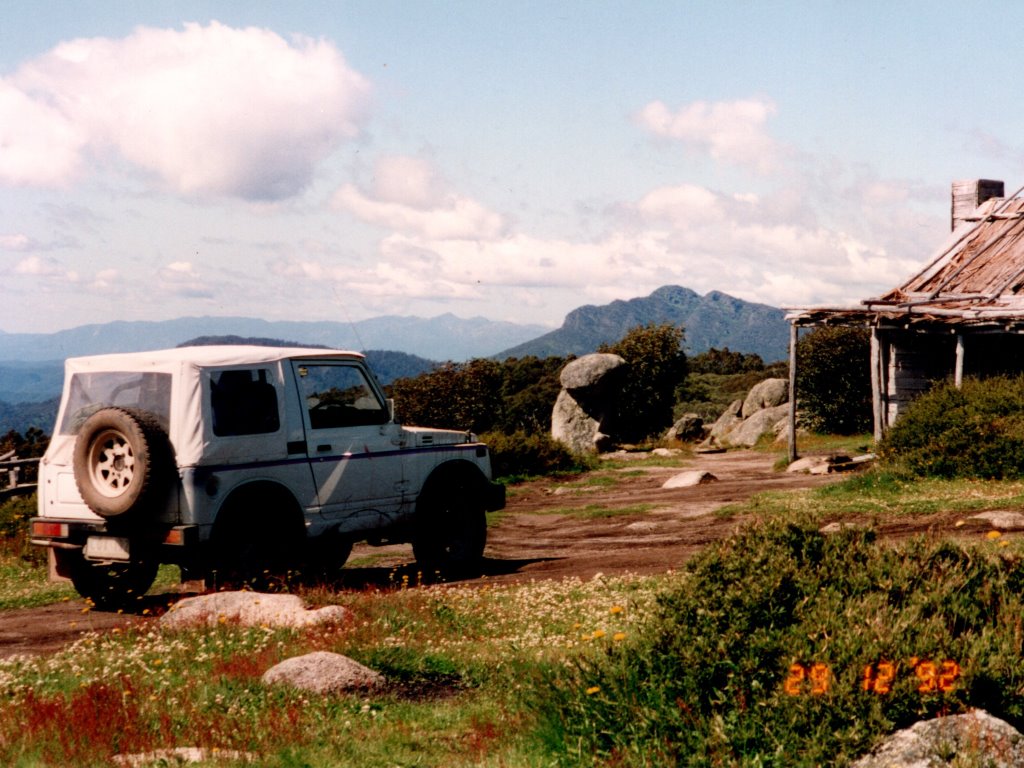
That was then, and this is now. The current Dirt Rat Suzuki is every bit as capable as that old Sierra / Jimny in the above photo, it just does everything with a bit more refinement. Plus, the roof doesn’t leak when it rains really heavily, and the heater works.
The current Dirt Rat Suzuki is no spring chicken though, it’s pushing on 18 years. It is possible that those were the days of peak manufacturing quality. It wouldn’t surprise me, especially given that conventional oil supplies peaked around that year. The car gets maintained and repaired, but an accident is always a possibility. And given the age of the machine, it would be doubtful that the machine could be economically repaired. It’s a risk.
Here is where the story gets weird. You can’t just head down to a car dealer and order a replacement Suzuki Jimny and have it delivered the following week. There are wait time estimates stretching from anywhere between five months out to a year. Economics is invariably involved in such matters, and there is loose talk of parts problems (supply), and too many customers (demand). Additionally some folks must be purchasing the cars, then reselling them at a very tidy profit to impatient people wanting to get their hands on one now (investment and inflation).
It’s all very curious, but it is not as if this is the only product I’m aware of with long wait times and inflationary pressures. The other day an article suggested that building products had risen 17.3% in price during the last year. That’s well beyond the official rate of inflation and may explain why the sheet of 12mm / half inch plywood cost me $150 a month or two back. Little wonder news of collapsed builders saddled with fixed price contracts have also been in the news.
You don’t have to go far to read about the topic of inflation. People have noticed. Seems like every day there are new articles on the subject. Blame for the situation gets chucked everywhere, except for the most likely culprit: Rapid expansion of the money supply over the past quarter century.
The proponents of this expansionary money supply policy are the Modern Monetary Theorists. Surprisingly, that lot have a theory for tackling inflation: increase taxes and decrease government spending. Sounds good in theory. Yet, it is a naive solution because governments are no more rational than the average person on the street, and they’re hardly likely to want to reduce their sphere of power and control. What the theorists may not have considered, is that when it comes to policy, governments can completely stuff things up. I’m a bit horrified to think where things could go from here, but then bad economic things can happen by accident. It’s a risk.
Long term readers will already know that it’s been a wet year here. The previous two years were also rather more damp than usual. The soil is even slightly slushy (a technical term). It’s an impressive outcome given the farm is about two thirds of the way up a mountain saddle.
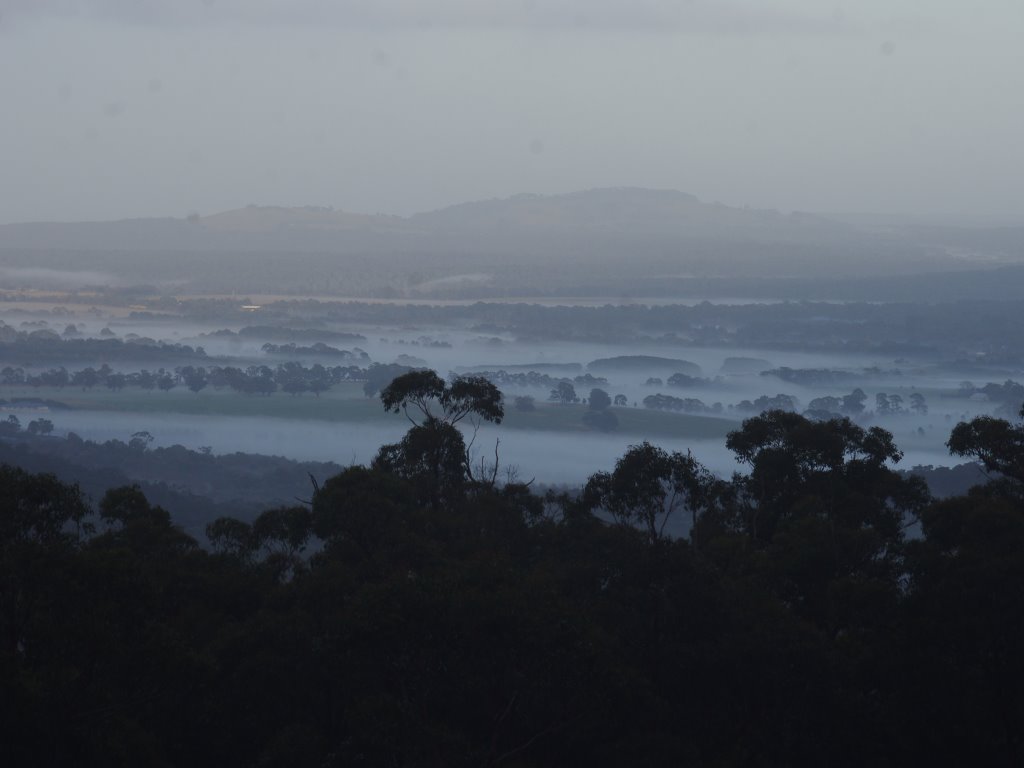
With these conditions in mind, we decided to take it a bit easier this week and avoid using machines which are ripping up the paddocks.
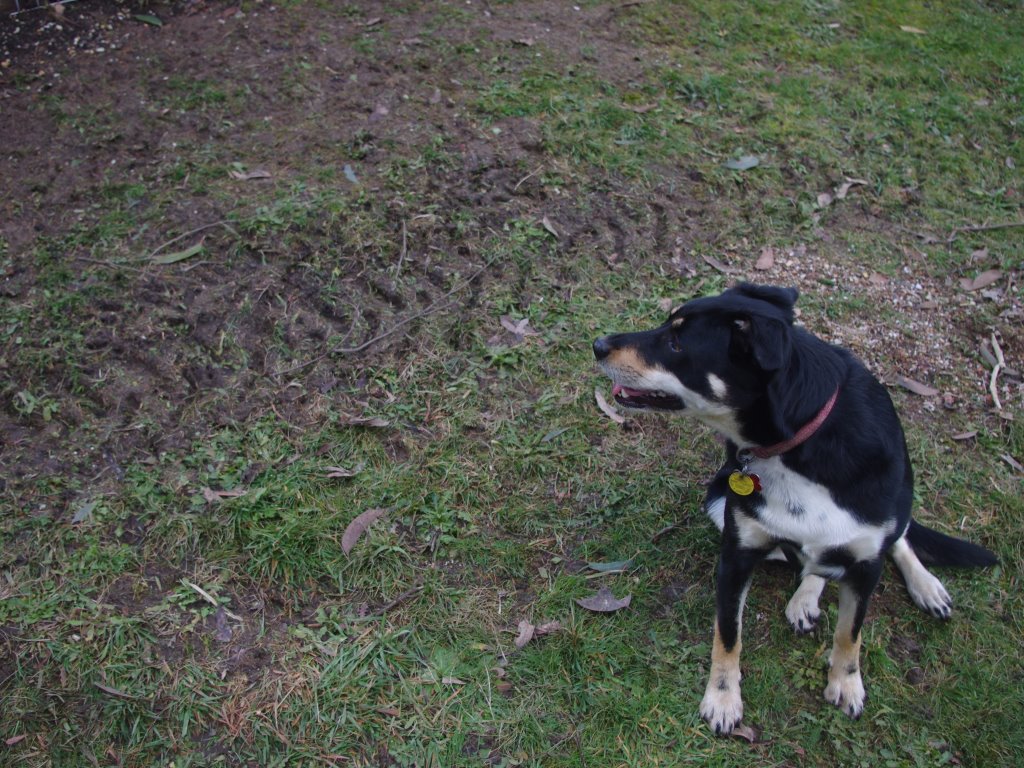
There’s plenty of other work which needs doing. The soiled sugar cane litter from the chicken enclosure had built up and needed to be removed. Many wheelbarrow loads of the stuff were removed. It’s a potent fertiliser for use in areas with damaged soil.
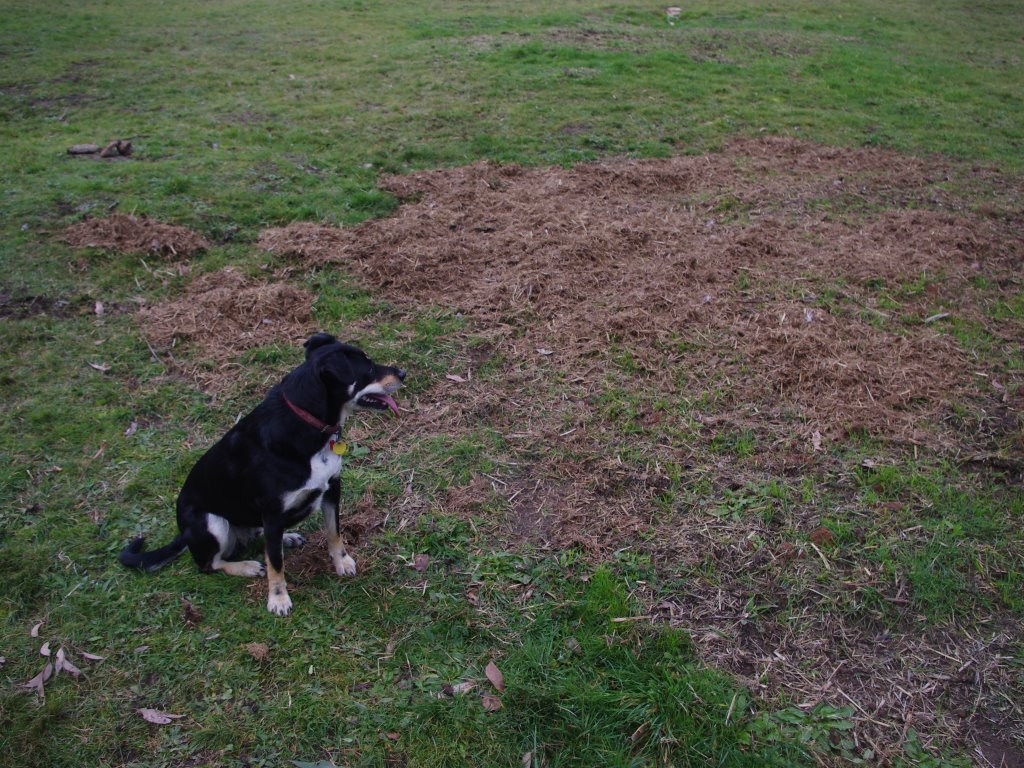
A couple of weeks supply of coffee grounds was also waiting to be distributed around the orchard. In order to ensure the fruit trees in the orchard extract the most minerals from the coffee grounds, a goodly quantity of lime gets mixed in. Usually Agricultural Lime (Calcium Carbonate) is mixed in, but this week I had a large bag of Gypsum (Calcium Sulphate Dihydrate) to hand, and used that instead.
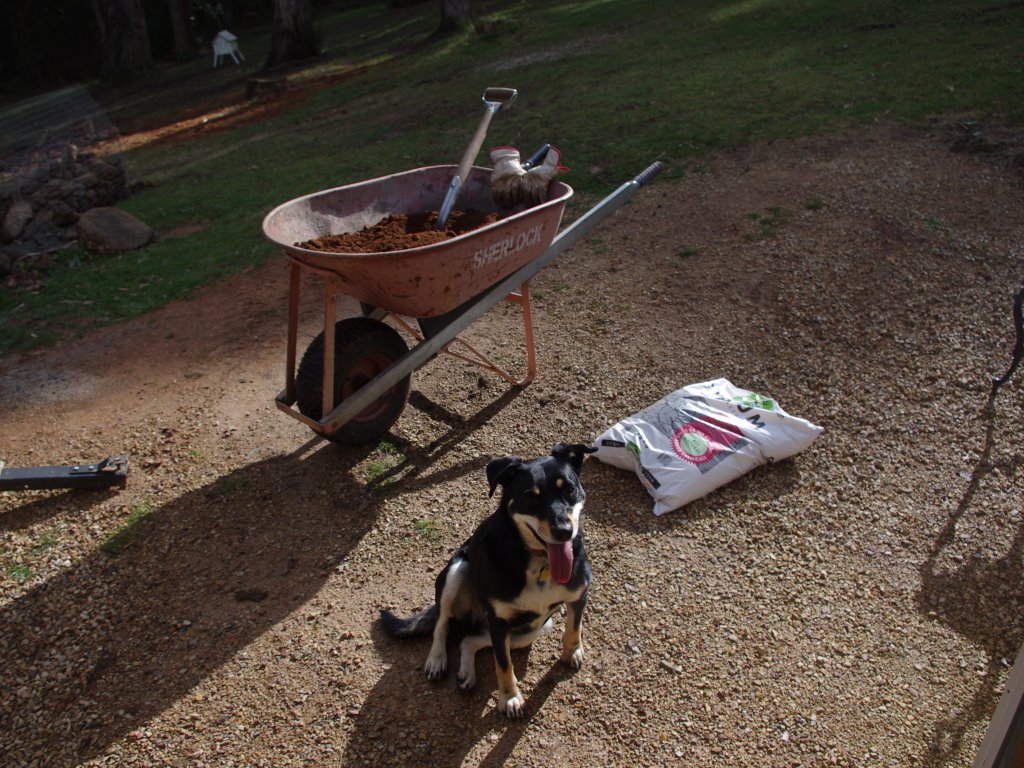
Another waste product I have access to are coffee husks from the coffee bean roasting process. Plants seem to like that stuff too. It’s used here to repair patches of damaged or bare clay.
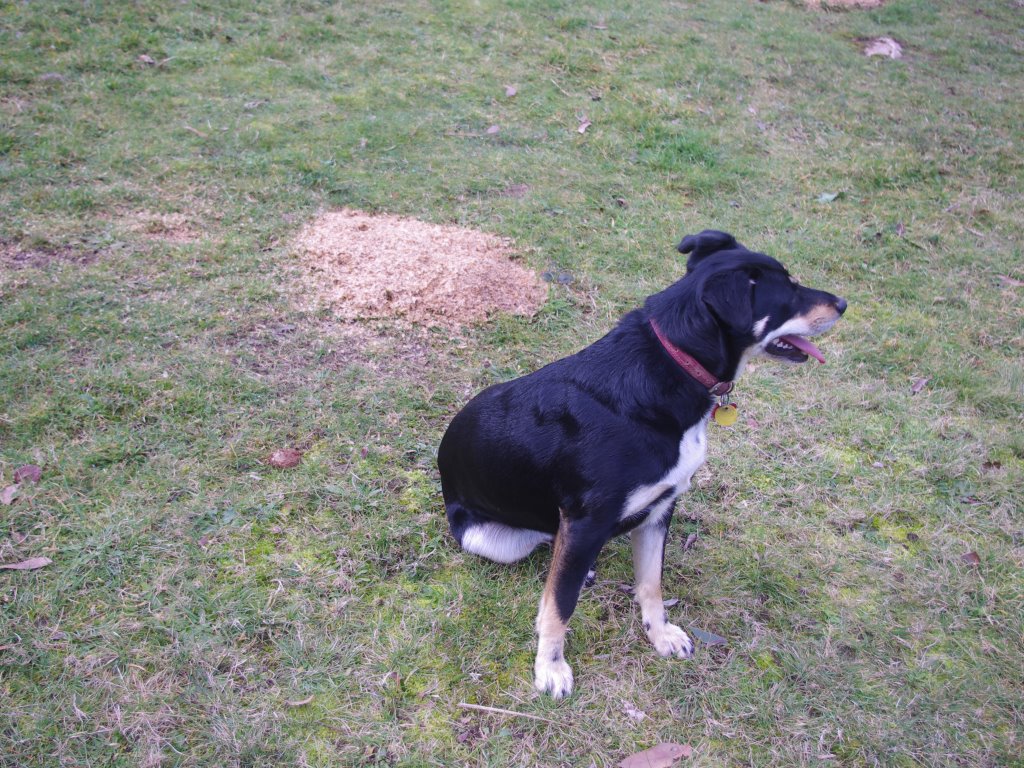
The garden beds are being prepared in readiness for the coming growing season. The blackberry enclosure received a decent pruning.

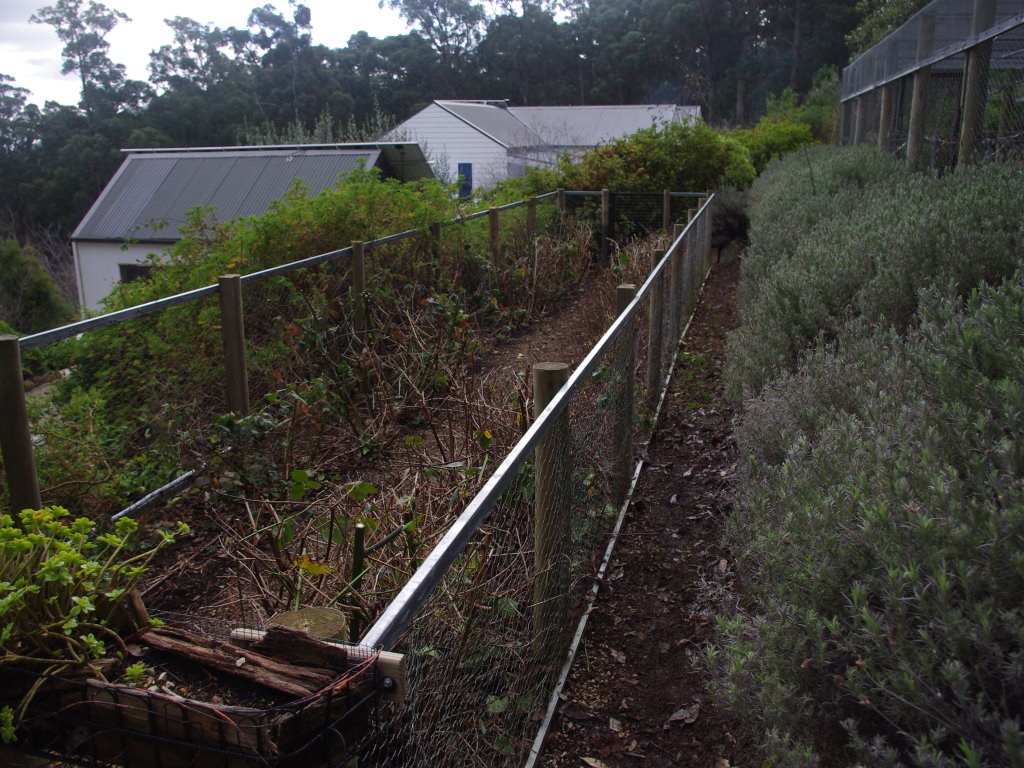
The grape vines were also pruned, and I’ve decided to remove all but a few of the strawberry plants. The strawberries had taken over every bit of growing space, and that’s not good. Too much leaf, not enough fruit.
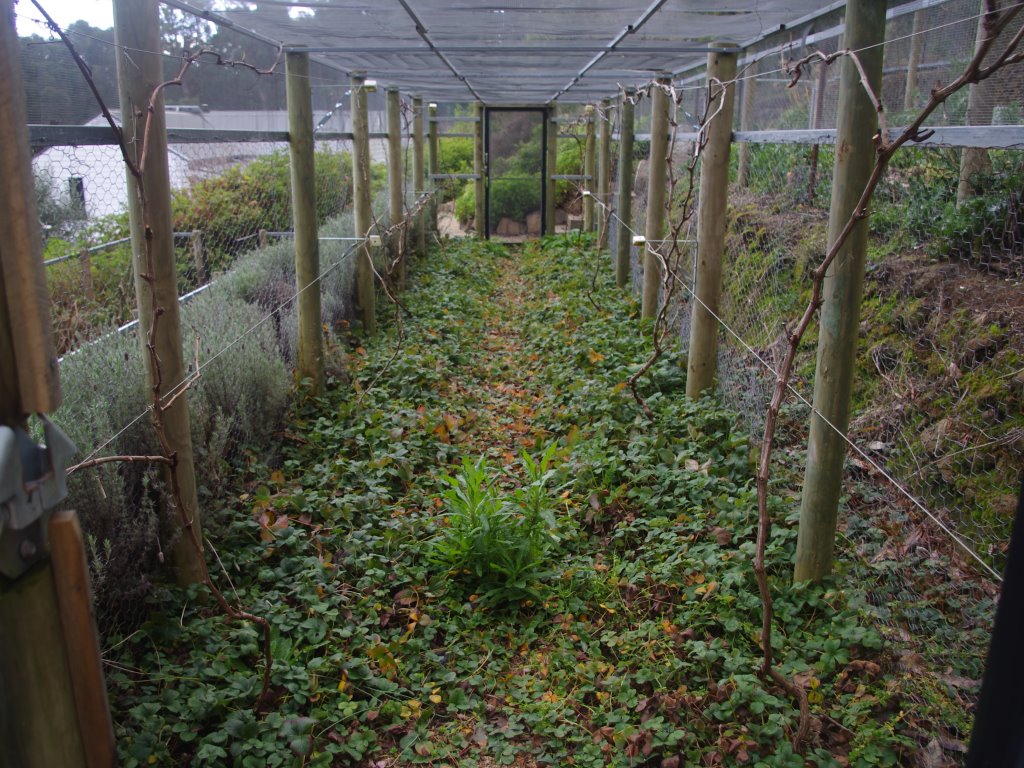
The strawberries were cut back hard leaving only a few small berry patches. The reduction in competition will help both the strawberries and the grape vines.
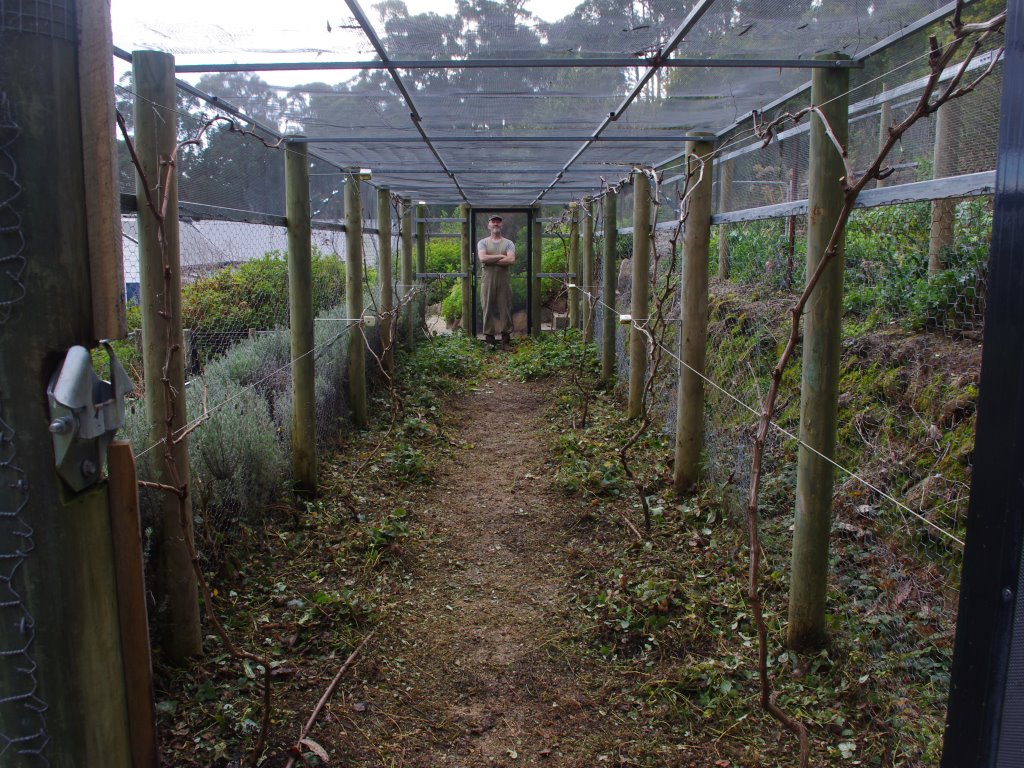
We found a table base earlier in the week, and cut a top for it using a scrap of plywood left over which was an almost perfect fit.

As well as a lot of rain this week, there have also been some frosty mornings. Observant readers will note a bit of ice collected on a very tasty Globe Artichoke in the next photo.
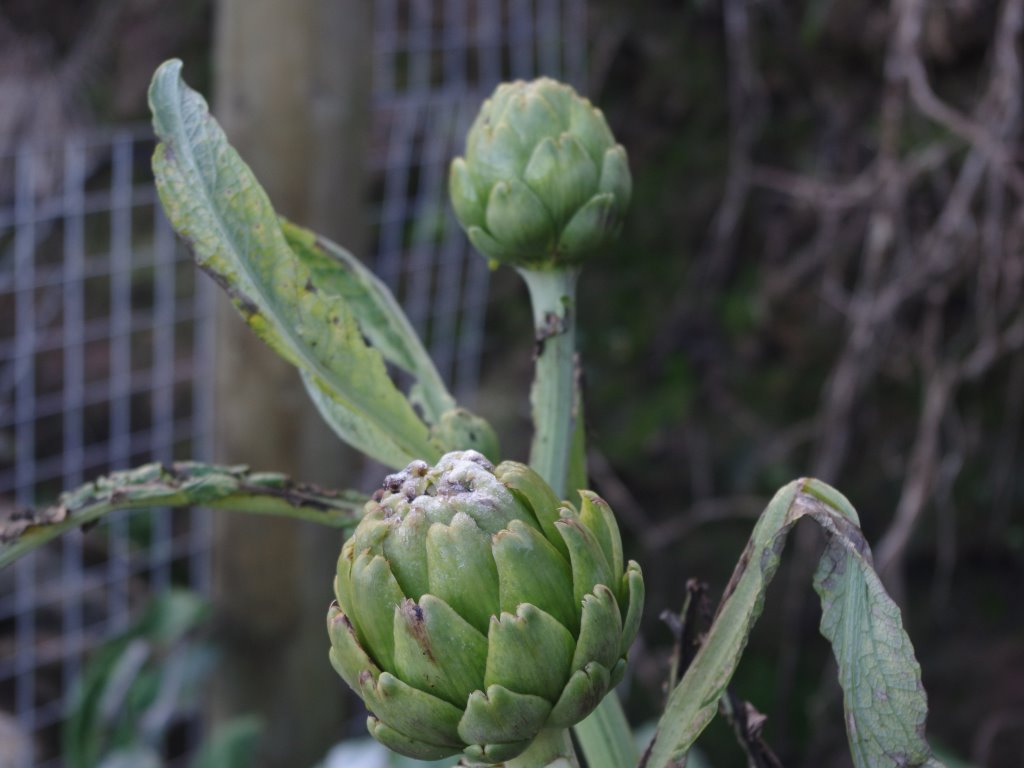
Onto the flowers:
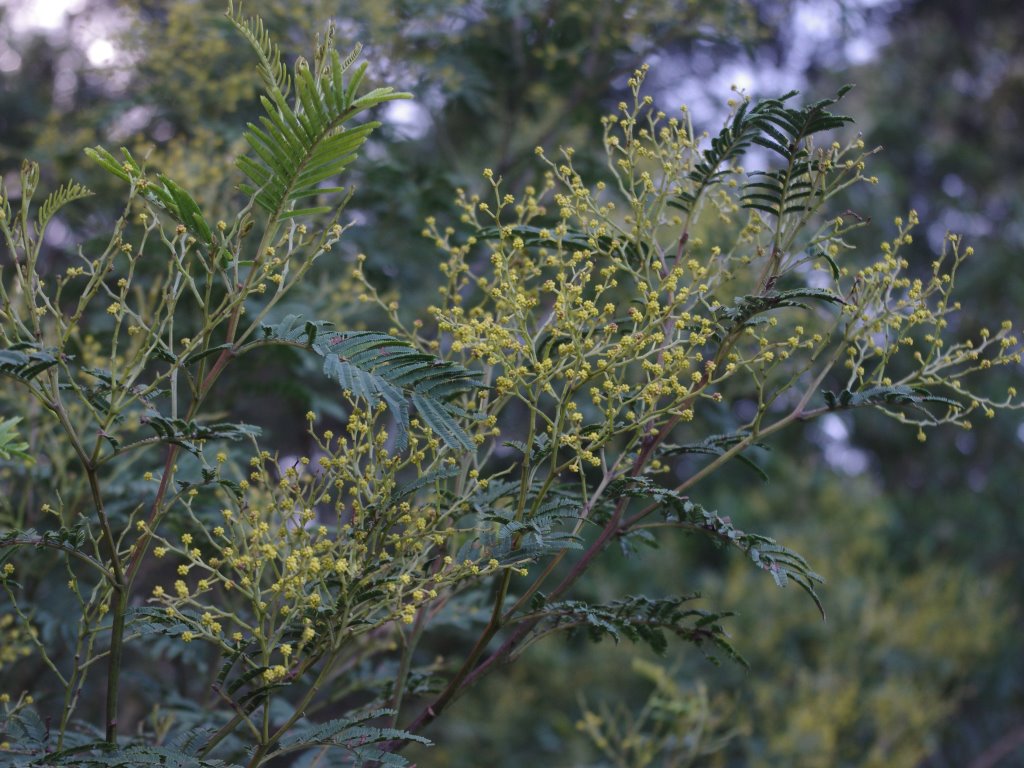



The temperature outside now at about 10.00am is 4’C (39’F). So far this year there has been 579.0mm (22.8 inches) which is up from last weeks total of 557.6mm (22.0 inches)
